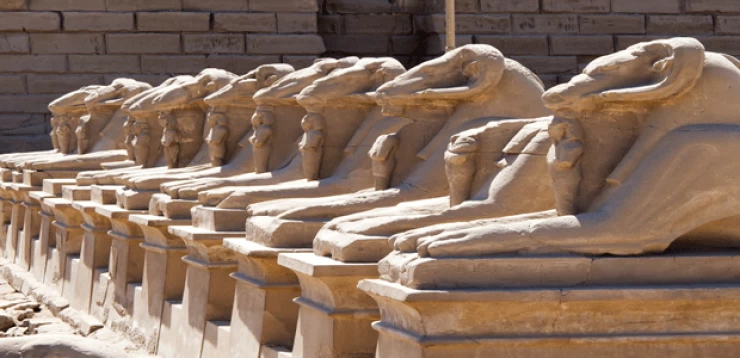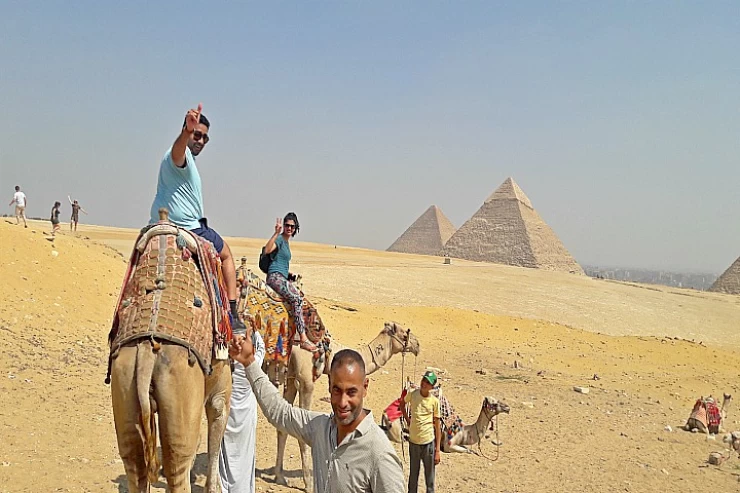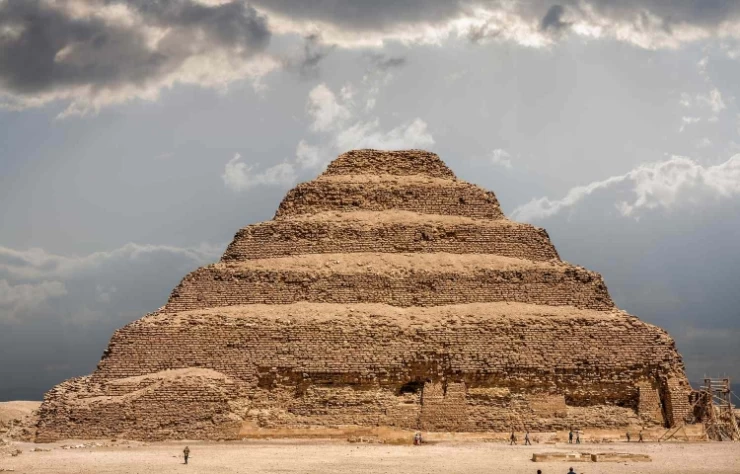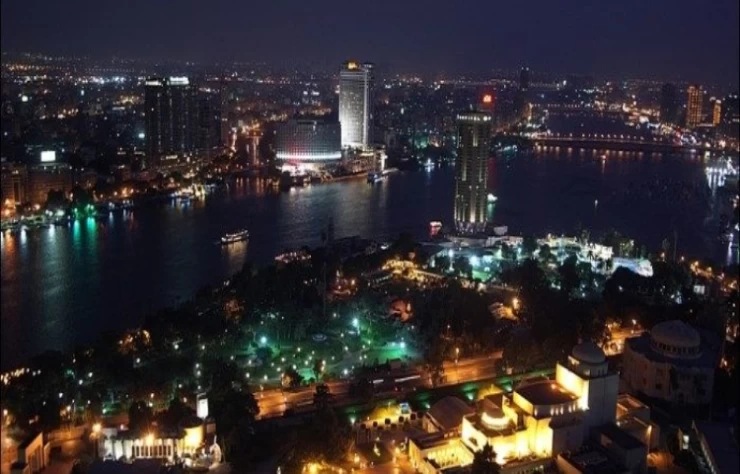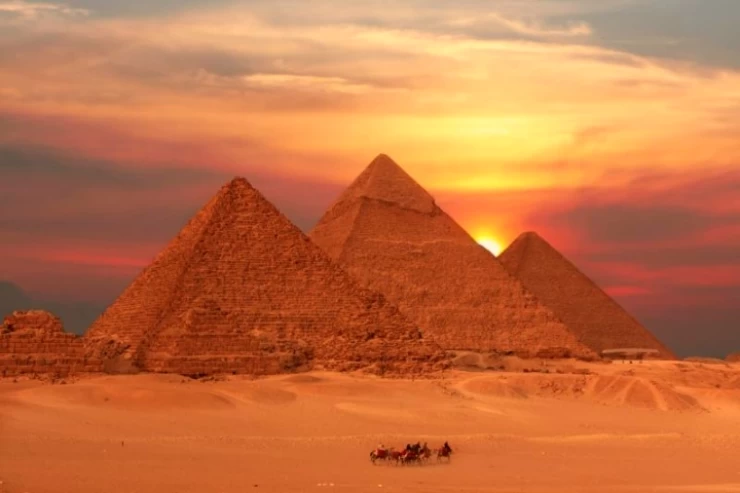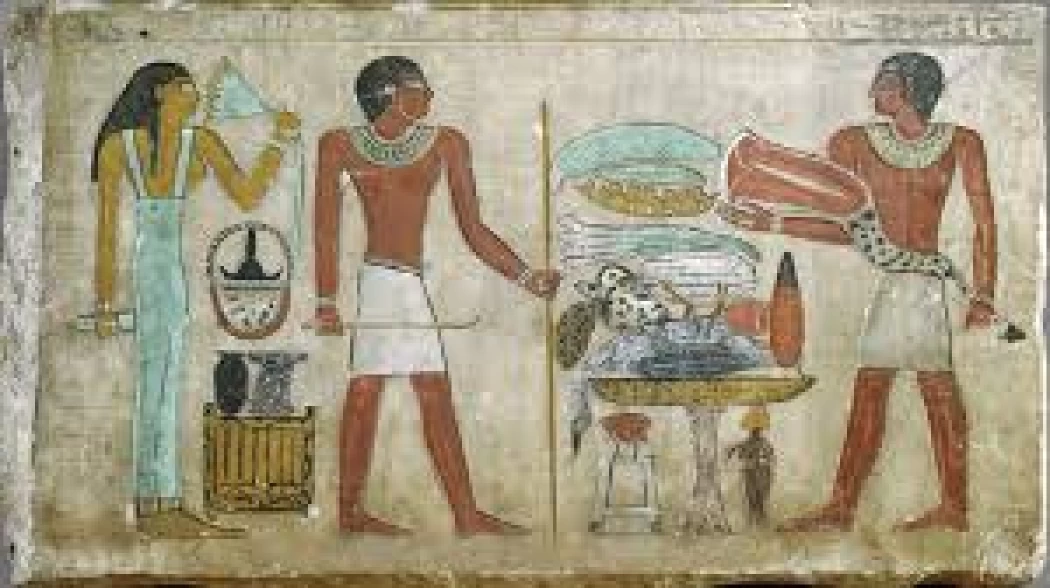
The Middle Kingdom of Egypt History
Middle Kingdom of Ancient Egypt
The Middle Kingdom, which covers from 2061 to 1785 B.C., includes the 11th dynasty and the 12th dynasty, which corresponds to a recovery of the unitary state after the phase of fragmentation of power following the collapse of the Old Kingdom. The move of the capital to Thebes (Luxor now) marks the beginning of this stage. Join us in our Egypt luxury tours to the richest city in Egyptian monuments (Luxor). You will visit many temples and be entertained with the history of Egypt in the Middle Kingdom.
The Renaissance of Culture:
The Middle Kingdom, like the earlier phases of Egyptian history, experienced a wonderful cultural renaissance. Egyptian art, literature, and architecture reached heights unprecedented before. This period is popularly referred to as the "Classical Age" because of the sophistication and beauty of its accomplishments.
Literature: Authors like the sage Ptahhotep left texts that have survived into the present day and contain moral wisdom, governance advice, and depictions of everyday life. Among other things, such as the development of literature in the Middle Kingdom, there was also the Tale of Sinuhe, which may be regarded as one of Egypt's great pieces of literature, as it describes the life of an official who escapes from Egypt and, at last, returns to his own home.
Art: They began to concentrate on having artworks that were more attuned to the human aspects of life rather than just celebrating royalty or divinity. Sculpted forms became more developed, and tomb paintings depicted activities of daily life in new realism.
Architecture: Pharaohs of the 12th Dynasty are remembered through their monumental buildings, which open a new epoch in the history of architecture in Egypt—the grand constructions of temples, pyramids, and fortifications. Among the most remarkable achievements of that time were the pyramid of Amenemhat II and the great temple complex of Karnak.
During this time, Egypt expanded its borders by conquering part of Nubia. Subsequently, however, it was unable to cope with the raids of the Hyksos and was forced to surrender power to the latter. The Hyksos, who came from Asia, ruled the country between the 13th dynasty and the 17th dynasty and established their political center of government in Avaris. Do not let this important historical information miss you during our Egypt travel packages.
Without a centralized government, the authority was not effective, since the atomization of power was imposed. Egyptian art became more local, and no noticeable burial complex was built. Religion was also democratized when the lower classes claimed rights that were previously reserved only for royalty. For example, they could use fragments drawn from the Pyramid Texts on the walls of their coffins or tombs.
During the 11th dynasty began the Middle Kingdom with the reunification of the north and south. The dynasty itself began with 3 kings after Mentuhotep, who were in fact little more than kings, who ruled from Thebes. All three are named Intef and participated in wars against the kings of Heracleopolis.
The 13th dynasty, made up of seven kings from Thebes, was one of the most glorious in Egypt. The first pharaoh was Amenemhat I. He stood out for the energy of his government; the pharaohs adopted a theophoric name: Mentuhotep is named after God Montu, the local god of the city of Ermant. If you are interested in exploring more about the life of King Mentuhotep, check our Luxor day tours to visit Karnak Temple; there you will enjoy the sound and light show about Egyptian pharaohs.
This era was characterized by an evolution of religious ideas. Instead of being considered in former times as a god, kings will now be considered insignificant mortals, although of great skill and courage. The relationship between humanity and the divinity of kings was a very important mental problem for the Egyptians. The unit was restored, ending the power of the kings, and the nomes disappeared as administrative units, and new administrative units were created: the city and its surrounding territory.
Kings of the Middle Kingdom: 2030–1640 B.C.
The 11th dynasty kings: 2030–1981 B.C.
Mentuhotep II (2030–2000 B.C.) and Mentuhotep III (2000–1988) B.C. Qakare Intef 1985, B.C. Sekhentibre 1985, B.C. Menekhkare 1985, B.C. Mentuhotep IV 1988–1981 B.C.
The 12th dynasty kings: 1981–1802 B.C.
Amenemhat I (1981–1952) B.C. Senwosret I 1961–1917 B.C. Amenemhat II 1919–1885 B.C. Senwosret II 1878–1840 B.C. Senwosret III 1878–1840 B.C. Amenemhat III 1859–1813 B.C. Amenemhat IV 1814–1805 B.C. Nefrusobek 1805–1802 B.C.
The 13th and 14th dynasties: 1802–1640 B.C. -- 1750-1650
Take advantage of this offer and discover the wonders of the blessed land of Egypt, from historical times to the present day.
Latest Articles
Admin
Seabourn Sojourn Cruise Stops in Safaga Port
The Seabourn Sojourn, the flagship vessel of Seabourn Cruise Line's ultra-luxury fleet, was built in 2008 at the T. Mariotti shipyard in Genoa, Italy. Measuring 198 metres, it can accommodate up to 450 guests in its 225 spacious all-suite staterooms.
Admin
Norwegian Sky Cruise Stops in Safaga Port
Norwegian Cruise Line operates a cruise ship called the Norwegian Sky. It was constructed in 1999 and can accommodate 2,004 passengers in addition to 878 crew members. The ship has several dining establishments, lounges and bars, a spa and fitness center, swimming pools, and a number of entertainment areas.
Admin
Explora II Cruise Stops in Safaga Port
Explora II, the second vessel in the Explora Journeys fleet, sets sail in 2024 to redefine luxury cruising. With 461 ocean-front suites, 9 culinary experiences, and 4 pools, this haven of sophistication and sustainability promises an unforgettable "Ocean State of Mind" journey to inspiring destinations.
Admin
Mein Schiff 6 Cruise Stops in Safaga Port
The Mein Schiff 6 is the latest cruise ship in the renowned TUI Cruises fleet, offering passengers a luxurious and sophisticated cruise experience. At 315 metres long, this floating resort features a range of dining options, entertainment, and recreational facilities, including a spa, fitness centre, and sports amenities.
Admin
Mein Schiff 4 Cruise Stops in Safaga Port
When the Mein Schiff 4 cruise ship docks in Safaga, Egypt, passengers are granted access to a realm of ancient wonders. Aboard this state-of-the-art vessel, guests can embark on meticulously curated shore excursions that showcase the region's most iconic landmarks, including the Giza Pyramids, the enigmatic Sphinx, and the remarkable tombs and temples of the Valley of the Kings in Luxor.
Admin
MS Europa Cruise Stops in Safaga Port
The Silver Moon, Silversea's latest flagship, is a luxury cruise ship that offers an exceptional travel experience for Venezuelans exploring Egypt. With a capacity of 596 guests and an impressive 40,700 gross tonnes, the Silver Moon maintains the small-ship intimacy and spacious all-suite accommodations that are the hallmarks of the Silversea brand.






